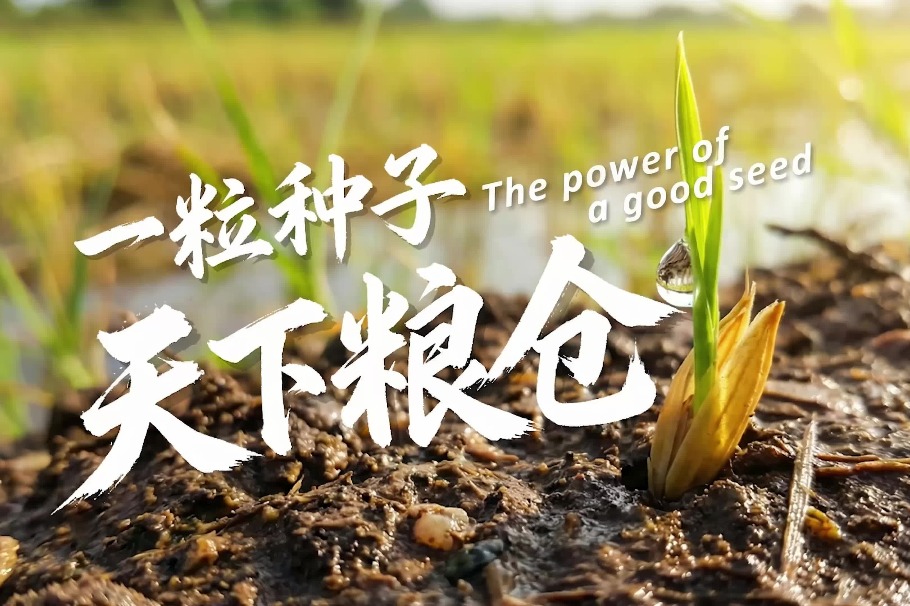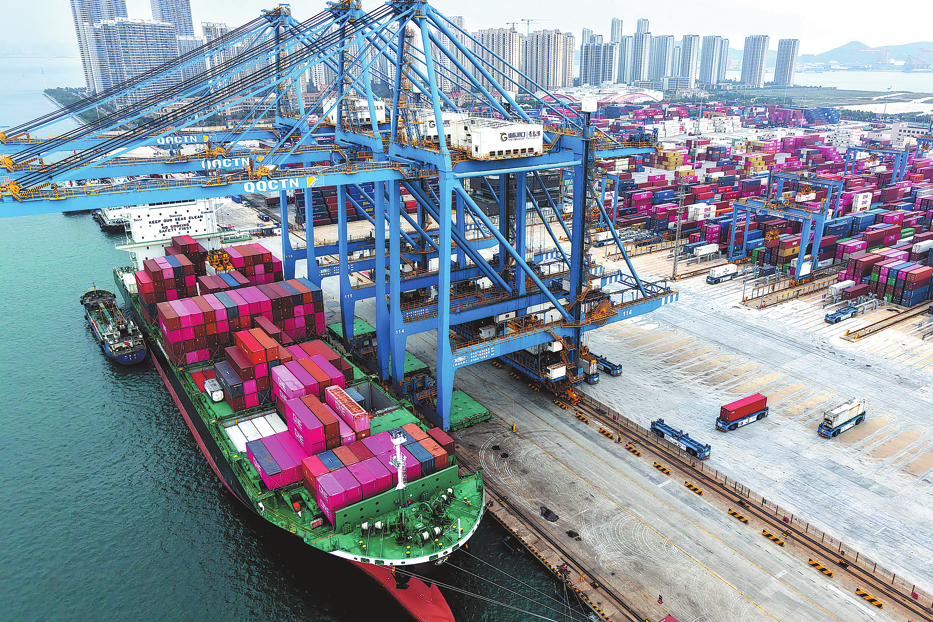Green path partner


Latin America's future lies in the green economy where China can play a key supporting role
As Latin America gears up for 2024, what the new year will bring to the region is a mixed picture. On the one hand, the region's economy continues to underperform, still unable to fully come out of its 2020 downturn, the worst in 120 years, according to the United Nations Economic Commission for Latin America and the Caribbean. Growth in 2023 is expected to be around 2.2 percent, less than the global average of 3.2 percent, and projections for 2024 are not much better. Economists, such as former Colombian finance minister Jose Antonio Ocampo, talk openly about a "second lost decade", very much like the one that took place in the 1980s — only worse, since the growth for 2014-23 averaged 0.9 percent, lower than the average of 1.3 percent in the 1980s.
A region that every 30 years experiences "lost decades", in which much of the previous progress is undone, only to return to the situation ex ante, cannot but produce enormous frustration. This was underlined by a recent report of the Group of Thirty (G30), an influential forum of current and former policymakers and academics, which explores the reasons for Latin America's chronic economic under-performance. That said, there are some hopeful signs of a turnaround. And this is something in which China, already South America's main trading partner, plays a key role, one that should switch into higher gear in 2024.
Latin America's, and particularly South America's, bane is its dependence on exports of commodities and natural resources, with little value added. As the world economy goes through boom-and-bust cycles, commodity producers are particularly exposed to price variations, in a way that industrialized countries are not. Mexico is in many ways the exception that proves the rule, with a thriving automotive and auto parts sector, among other manufacturing activities. Brazil and Argentina also have a (shrinking) industrial sector that has stood them in good stead, but by and large, agriculture, mining and services remain Latin American countries' main productive activities.
Yet the possibility of turning back the clock and reviving industrialization via policies such as the import substitution strategies of the mid-20th century are non-existent. Latin America is too enmeshed in global economic flows to undertake anything along those lines, which would face unsurmountable obstacles on many fronts. That ship has sailed. So, what is to be done?
What some of the new crop of Latin American leaders, such as Colombian President Gustavo Petro, Brazilian President Luiz Inacio Lula da Silva and Chilean President Gabriel Boric, are betting on is that the region's future lies in the green economy. The region is already the one with the cleanest electricity grid in the world, largely based on hydro, but also now more and more drawing on solar and wind energy sources.
According to some estimates, Chile's Atacama Desert, the driest in the world, could provide power to much of South America due to its solar intensity, unmatched anywhere else. China, which is on the cutting edge of both solar and wind energy technologies, and whose companies already have a strong presence in Chile, can do much to make that happen. A key challenge in South America, given its long distances, is power transmission, since long-distance transmission entails not insignificant power losses. China has also developed cutting-edge technology to transmit electricity at long distances, which means it could play a key role both in-country, regional and subregional projects aimed at making this happen. China's State Grid, the world's largest power company, has already a strong presence in Brazil and in Chile, among other countries in the region, laying the ground for such undertakings. Given the intermittent nature of energy sources such as solar and wind, connectivity, which makes it possible to reach areas at peak-demand periods when demand is lower elsewhere, is critical. That is why this technology is so significant for the green economy.
As it happens, South America also has many of the key minerals needed for the transition to e-mobility, another key component of the new economy. Chile and Peru have over 30 percent of the world's copper reserves, and the so-called lithium triangle formed by Argentina, Bolivia and Chile has 53 percent of the world's lithium reserves. With China producing 70 percent of the world's e-batteries, there is an enormous complementarity here, whose potential remains to be fully leveraged.
A recent report of the Inter-American Dialogue, a Washington DC think tank, entitled New Infrastructure: Emerging Trends in Chinese Foreign Investment in Latin America and the Caribbean, provides abundant evidence of how Chinese investment in the region has been morphing in accordance with the times. It illustrates how Chinese investment in the region, estimated to have reached $187 billion from 2003 to 2022, has been changing from the initial burst into extractive activities first, to heavy infrastructure later, and now, to "a growing emphasis on innovation, whether in information and communication technology, renewable energy or other emerging industries".
An important part of this has been Chinese investment in the manufacturing of electric vehicles, in which Brazil has taken center stage, with BYD set to make a major investment in the Camacari industrial park in the northeastern state of Bahia, Brazil, and Great Wall Motors another in Sao Paulo state. According to the report, "electric vehicle and battery manufacturing accounted for 42 percent of the total value of Chinese manufacturing investment" in the LAC region from 2018-23.
This is very much in keeping with the transition to the new economy that Latin America so badly needs. By accelerating this process, establishing joint ventures with Latin American companies, deploying its cutting edge technology and moving forward across all fronts of the renewable energy frontier, China could play a key role in giving badly needed, renewed impetus to Latin American development.
The author is a research professor at the Frederick S. Pardee School of Global Studies, interim director of the Pardee Center for the Study of the Longer-Range Future at Boston University and a former Chilean ambassador to China. The author contributed this article to China Watch, a think tank powered by China Daily. The views do not necessarily reflect those of China Daily.
Contact the editor at editor@chinawatch.cn


































